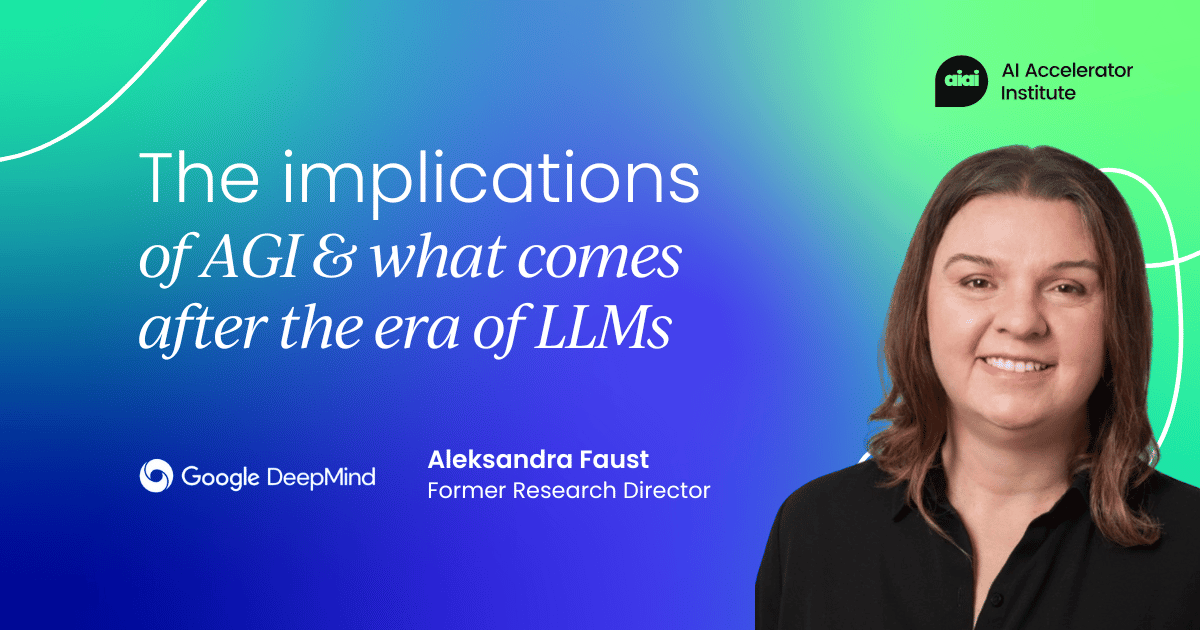What if privacy wasn't your AI startup's biggest constraint, but your biggest opportunity? Where many founders see privacy as a barrier, the savvy entrepreneurs use privacy-preserving AI to build unassailable competitive advantages.
Key highlights
Privacy-preserving AI techniques enable startups to build smart MVPs while managing user trust and regulatory compliance.
- Data minimisation and on-device processing lead to immediate privacy gains and little performance impact.
- Differential privacy provides mathematical guarantees regarding the level of anonymity enjoyed by users, but permits useful information to be gleaned.
- Strategic privacy implementation gives a competitive advantage and reduces long-term regulatory risks.
The privacy-AI challenge in 2025
Today's users are more privacy-conscious than ever. As a result, 80% of consumers think that AI companies will use their data in ways they're uncomfortable with (Pew Research, 2024). Therefore, 63% of them are concerned that generative AI will compromise privacy through data breaches or unauthorised access (KPMG, 2024).
On the other hand, companies that use privacy-preserving AI from the beginning achieve a faster user integration process, lower churn rates, and strong investing potential.
Regulatory landscapes are also proliferating. As a result, in 2025, 16 U.S. states will have comprehensive privacy laws. The EU AI Act provides global influence on AI governance. Meanwhile, 50% of organisations are avoiding scaling GenAI due to privacy and security concerns.
However, we should keep in mind that privacy and functionality aren't mutually exclusive; they function together to drive user trust and business success.
The implications of AGI: What comes after the era of LLMs
Explore how Google DeepMind’s breakthroughs in LLMs and AI safety are shaping the path toward true AGI.

Core technical strategies
1. Data minimisation architecture
Indeed, the most powerful privacy rule is simple: don't collect data that you don't need. Rather than gathering unnecessary user data, hoping it might be useful, it is important to define exactly what data is required.
Build your data collection around clear use cases. Research shows that 48% of organisations are unintentionally collecting non-public company information into GenAI (Cisco, 2024), highlighting the importance of conscious data collection. Modular data gathering with a clear goal reduces privacy risk while being fully functional.
2. On-device processing and edge AI
Processing should be done within the user’s device while keeping sensitive data. Modern tools, suchas TensorFlow.js and Core ML, enable sophisticated client-side inference capabilities.
Recent research explains that edge devices can achieve up to 90.2% accuracy in complex tasks like digit recognition while maintaining complete data privacy (Tokyo University of Science, 2024). The edge AI market is expected to grow at 33.9% between 2024 and 2030, driven by demand for real-time, privacy-preserving processing.
3. Differential privacy integration
Differential privacy shows that individual user data cannot be identified from AI model outputs. This technique involves calibrated noise in data or model outputs. For MVPs, start with library-based techniques, focusing on the most sensitive data flows, and slowly expand coverage as your product evolves.
Avoiding common privacy pitfalls
Model inversion attacks: Attackers can rebuild training data from model parameters. Implement output purification, use model cleaning techniques, and add appropriate noise to outputs.
API leakage: The leakage often occurs through error messages, timing attacks, or response patterns. Mitigate by standardising API responses, implementing consistent timing, and using comprehensive rate limiting.
Performance vs privacy trade-offs
Understanding the connection between privacy protection and system performance is important for informed MVP decisions.
- Data minimisation: Minimal performance overhead, immediate privacy benefits
- Differential privacy: 5-15% accuracy reduction, minimal latency impact
- On-device processing: 10-25% accuracy reduction, 2-3x latency increase; however, it removes data transmission risks
The most effective approach involves combining multiple techniques strategically rather than relying on a single method.
The $84 trillion wealth transfer needs agentic AI
The $84 trillion wealth shift is coming. Learn why agentic AI is key to transforming estate planning and financial trust.

Real-world implementation: Case study
An on-screen learning automation tool that had to learn from user interactions while ensuring sensitive information was never left on the user's device.
The solution:
- Local processing with optimised computer vision models
- Only anonymised interactions are shared for model improvement.
- Dynamic user control over data sharing
Results: As a result, there is 94% accuracy in task automation, 0% sensitive data leakage, 89% user satisfaction with privacy controls, and 40% faster integration compared to other privacy solutions.
Implementation roadmap
For early-stage MVPs
- Start with data minimisation; immediate benefits, fast implementation
- Use existing privacy libraries rather than building from scratch
- Implement basic differential privacy using Google's DP library
- Design transparent consent flows with clear explanations
For growth-stage MVPs
- Implement on-device processing for sensitive operations
- Deploy learning outcomes for collaborative model improvement
- Add advanced differential privacy to all data aggregation processes
- Expand focus on privacy protections to match user expectations
Building privacy-preserving AI gives more than technical compliance - it's about establishing sustainable competitive advantage through user trust. Startups that incorporate privacy protection into their AI systems from the beginning constantly outperform competitors who treat privacy as unimportant.
The future belongs to startups that can develop with AI while earning and maintaining user trust. By utilising these privacy-preserving techniques in your MVP, you're not just building a product; you're creating a responsible, sustainable foundation in the AI-powered industry.
References
Pew Research Center. (2024). Public views on AI, privacy, and data use. Pew Research Center. https://www.pewresearch.org
KPMG. (2024). Generative AI and the enterprise: Global insights on trust and adoption. KPMG International. https://home.kpmg
Cisco. (2024). 2024 Data Privacy Benchmark Study. Cisco Systems. https://www.cisco.com
Tokyo University of Science. (2024). Edge AI performance and privacy-preserving architectures. Tokyo University of Science Research Publications. https://www.tus.ac.jp
European Union. (2024). Artificial Intelligence Act. Official Journal of the European Union. https://eur-lex.europa.eu
U.S. State Legislatures. (2025). Comprehensive state privacy laws in effect 2025. National Conference of State Legislatures. https://www.ncsl.org
Published on The Digital Insider at https://is.gd/aLnpQ9.
Comments
Post a Comment
Comments are moderated.